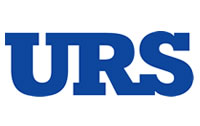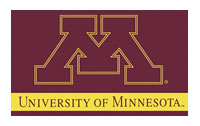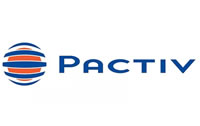Written By Tom Moriarty
Plant managers and maintenance managers understand the prospects for substantial benefits from implementing a reliability-based program in their plant. Benefits include increased safety and regulatory compliance as well as increased production availability with reduced operating and maintenance costs, leading to margin expansion and greater profitability. For small- or mid-sized organizations it can be difficult to decipher the different acronyms and “best practices” that lead to good maintenance and reliability performance.
The first step and the foundation of a good maintenance and reliability program is getting your work management process under control. Do this through disciplined planning and scheduling. This allows you to be more efficient at coordinating with operations and allocation of limited labor and budget resources. Being more efficient makes human resources and financial capital available to reinvest, while maximizing uptime.
If you haven’t established control and stability or work management practices, by facilitate the design of the process, and to coach people in applying the process. The second reliability step you should invest in is to rationalize your existing preventive maintenance (PM) program. Think of this as scrubbing what you currently do. PM rationalization means looking at each current PM task to determine if the task is worthwhile; i.e. is it effective in increasing reliability while not costing more to do the task than what a potential failure would cost. Often, PMs were required by equipment vendors for warranty purposes, or a one-time event resulted in a knee-jerk reaction to do more PM. There are often tasks that require disassembly and inspection where predictive maintenance (PdM) tasks might be more effective and efficient.
The third reliability step is to perform Failure Modes, Effects and Criticality Analysis (FMECA) and PM Optimization (PMO). The efficiencies gained from steps one and two provide the resources to systematically analyze your important systems. This is like filling in the holes in the PM program. FMECA and PMO provide a repeatable approach to establishing the correct maintenance tasks.
FMECA and PMO can be done with Excel spreadsheets; you don’t need expensive software, when you are first developing experience with a reliability program. Once you have enough in-house experience and knowledge on the basics, you can be a more informed buyer of software that will make the analysis and archiving of the analysis simpler.
The fourth step you should have in your reliability tool bag is Root Cause Analysis (RCA). RCA is especially useful for studying issues that contribute to chronic problems or major issues. RCA identifies what is causing or contributing to problems — training deficiencies, material or inventory management issues, operating or maintenance procedures, new employee orientation, lack of proper tools or technologies, etc.
For the record, I am not against the purchase of reliability software; I just believe it’s better to be an informed buyer. There are many excellent software tools you can purchase, but my recommendation is to stick to the “walk-before-you-run” method. Work with experienced reliability professionals to obtain training and work-
shops to develop in-house expertise, and then when there is sufficient knowledge and experience, purchase a software tool that better organizes and automates the
process.
For PM rationalization, FMECA/PMO and RCA the best value can be obtained by investing in several workshops delivered by experienced professionals that provide basic, repeatable processes. Crossfunctional teams would be used for the analysis with different team members on each project to expose more people to the process. This also increases in-house expertise and buy-in.For small and medium-sized organizations wanting to jump start a reliability program start with the basics, hire a pro-
fessional to support your program and walk before you run.
For more information, contact
Tom Moriarty, PE, CMRP at [email protected] or (321) 773-3356.


















